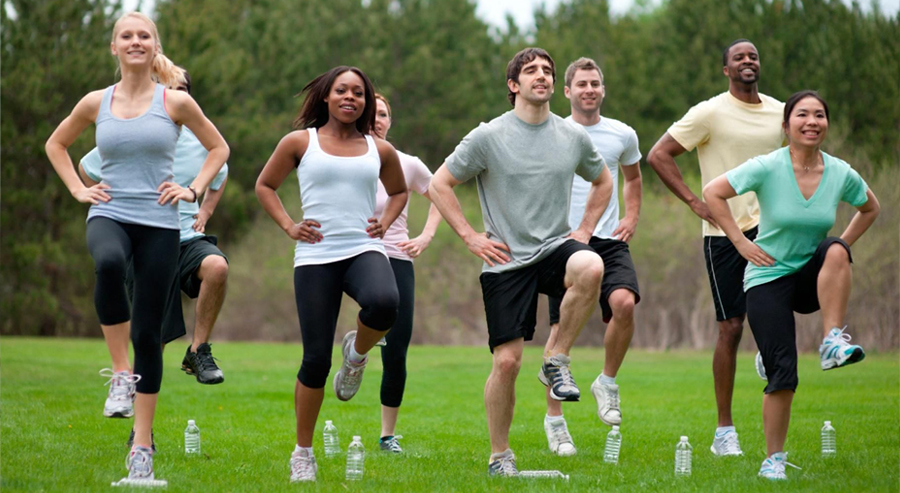We are located in Haining City, Zhejiang Province, one of China's famous knitting industrial Bases.
Moisture-wicking technology is a key feature in modern activewear fabrics that enhances comfort and performance during physical activities. It is designed to manage sweat by efficiently moving moisture away from the skin to the outer surface of the fabric, where it can evaporate more quickly. This process helps keep the wearer dry, cool, and comfortable, which is especially important during intense or prolonged exercise. The technology relies on several factors, including fabric composition, fiber structure, and finishing treatments.

1. Fabric Composition and Fiber Properties
Activewear fabrics that incorporate moisture-wicking properties are typically made from synthetic fibers such as polyester, nylon, or blends of these fibers. These materials are hydrophobic, meaning they naturally repel water rather than absorb it. Unlike natural fibers such as cotton, which tend to soak up sweat and retain moisture, synthetic fibers push the moisture away from the skin. This property prevents the fabric from becoming heavy and saturated during exercise, reducing discomfort and the risk of chafing.
2. Capillary Action and Fabric Construction
The moisture-wicking effect largely depends on the physical structure of the fabric. Many activewear textiles are engineered with microfibers or specialized yarns that create tiny channels or capillaries. These microscopic pathways act like conduits, using the principle of capillary action to transport sweat from the inner side of the fabric (in direct contact with the skin) toward the outer surface. This movement is driven by the natural tendency of water molecules to travel through narrow spaces without assistance, allowing the fabric to “pull” moisture away from the skin efficiently.
In some designs, the inner layer of the fabric is made to be more absorbent or hydrophilic, encouraging sweat to transfer from the skin into the fabric. The outer layer, on the other hand, is more hydrophobic, enabling rapid evaporation of moisture once it reaches the surface.
3. Evaporation and Breathability
Once sweat reaches the fabric’s outer surface, it spreads out over a larger area, increasing the surface exposed to air. This spreading accelerates the evaporation process, turning liquid sweat into vapor that dissipates into the environment. The breathability of the fabric is crucial in this stage, as it allows air to circulate freely and carry moisture away. Fabrics with high breathability work in tandem with moisture-wicking properties to regulate body temperature effectively, preventing overheating and improving overall comfort.
4. Chemical Treatments and Finishes
In addition to the fiber and fabric structure, some activewear fabrics undergo chemical finishing processes that enhance moisture management. These treatments may include hydrophilic coatings that improve moisture absorption on the inner surface or special finishes that reduce drying time and prevent odor-causing bacteria. Some fabrics are also treated with antimicrobial agents to maintain freshness during extended wear.
5. Benefits of Moisture-Wicking Technology
The practical benefits of moisture-wicking fabrics are significant. By keeping sweat away from the skin, these fabrics help reduce the risk of skin irritation and chafing, which can occur when wet fabric rubs against the body. They also assist in temperature regulation by facilitating rapid cooling as sweat evaporates. This is especially valuable in high-intensity or endurance sports, where managing sweat and heat can impact performance and comfort.
In summary, moisture-wicking technology in activewear fabrics combines the use of hydrophobic synthetic fibers, specially engineered fabric structures, and sometimes chemical treatments to move sweat from the skin to the fabric surface and speed up evaporation. This integrated approach helps maintain dryness, enhance comfort, and support better athletic performance across a wide range of activities.

 English
English  Español
Español  عربى
عربى 













